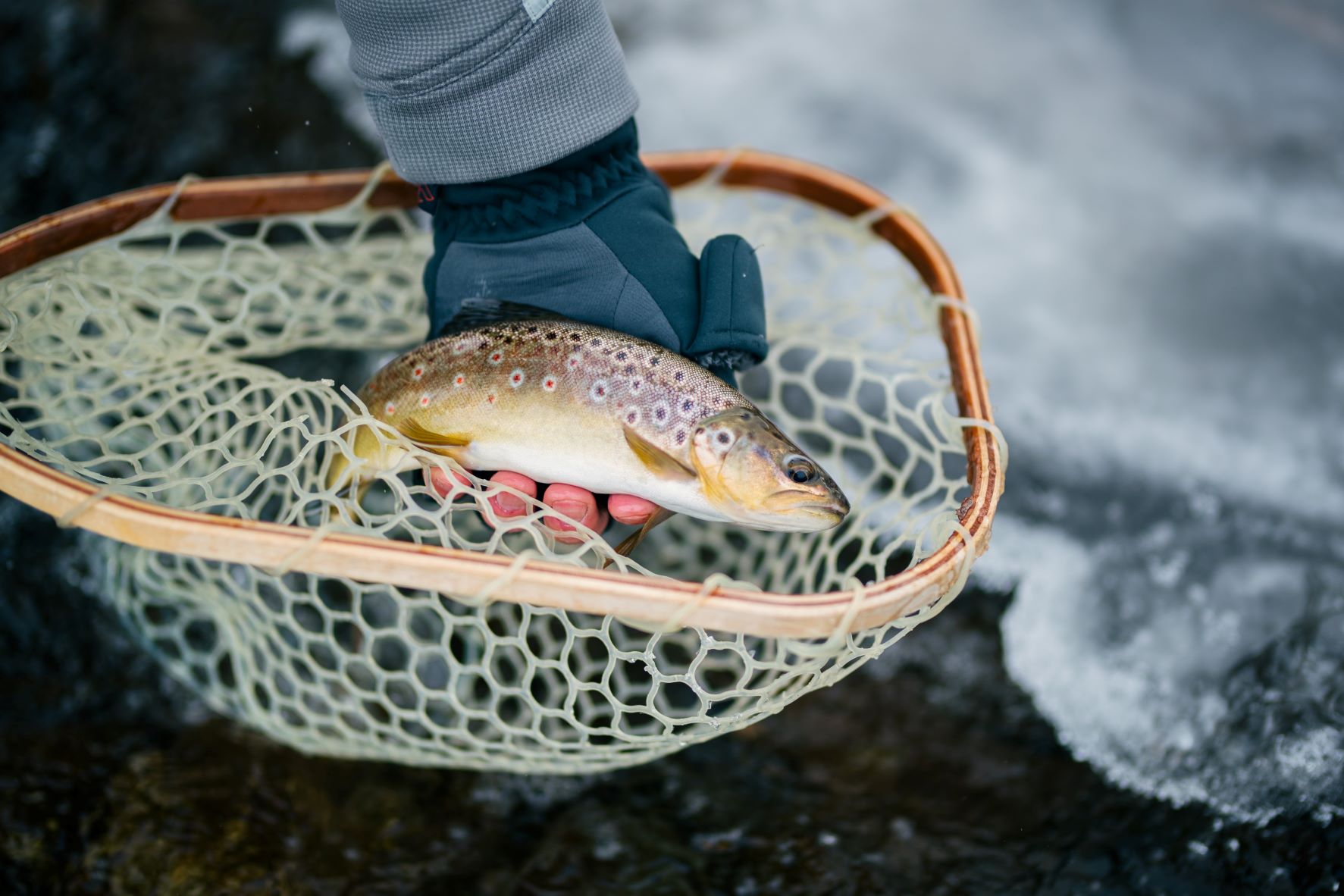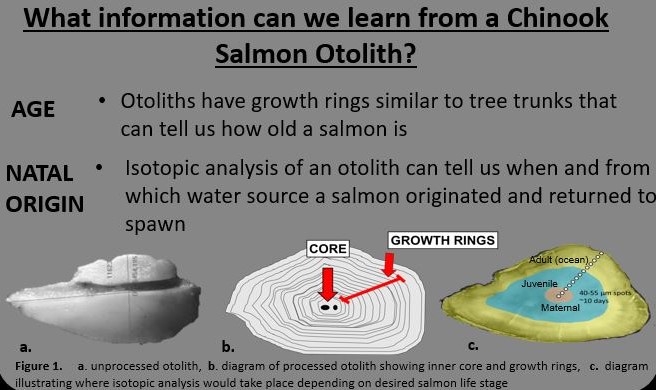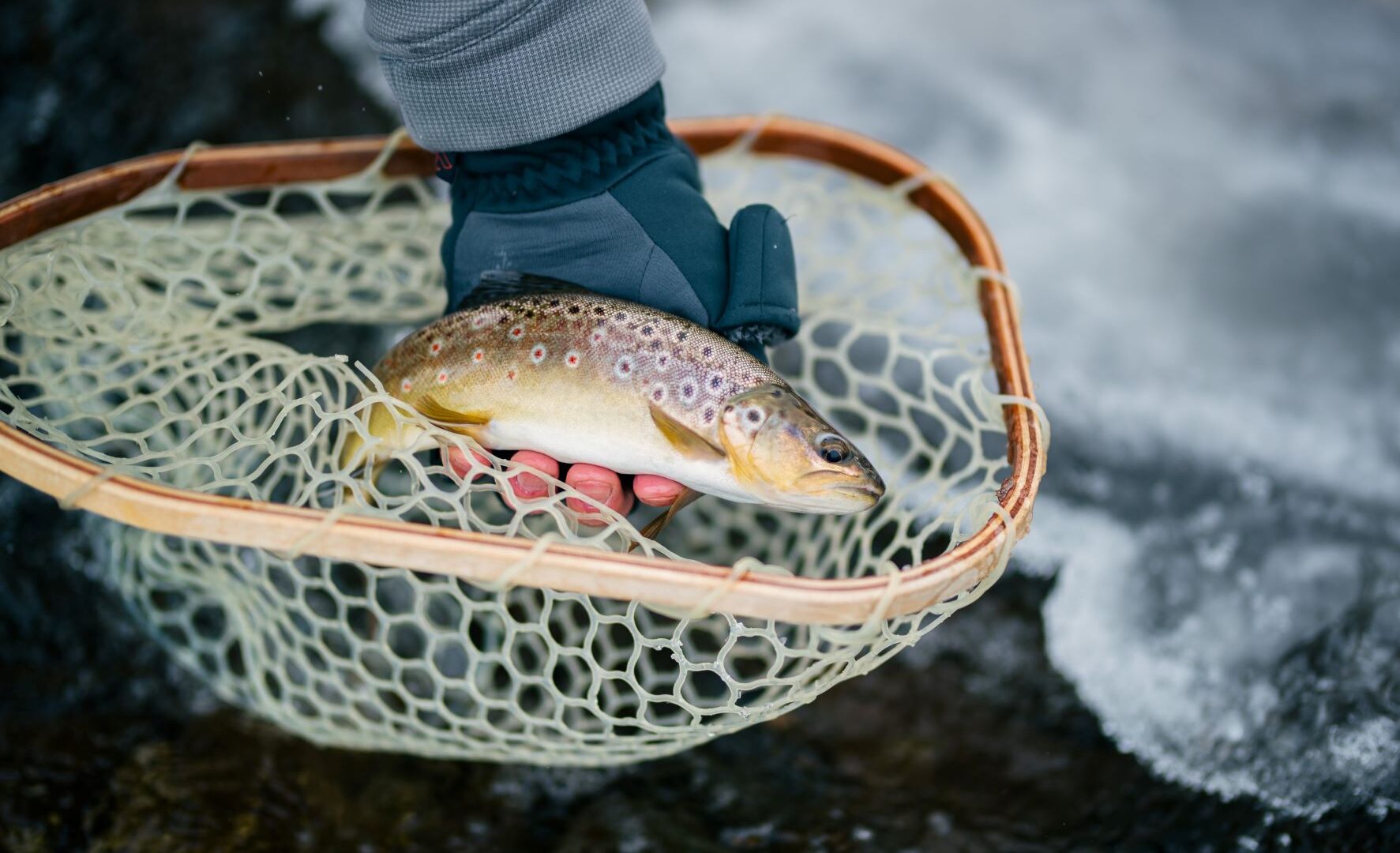
The Water Forum is using fish ear bones to learn insight into how different water release patterns and wetter vs. dryer years affect survival of different cohorts of juvenile salmonids.
Ear bones, you ask? Yes, ear bones. Specifically, the bones scientists know as the “otolith,” oval-shaped bones in the inner ear that help fish sense gravity and movement. These bones record the life history of fish much like the growth rings in a tree trunk, except in miniature form: Most otolith bones are no more than 5 millimeters in size.
Otoliths are extraordinarily valuable because they contain daily growth rings. The size of the ring can tell us how fast a fish grew. Chemical information stored in the bone provides insight about the fish’s environment and food. Laser transects of the otoliths can tell us the entire life history of a salmon, including if the fish reared as a juvenile on the Lower American River, was released from the Nimbus Hatchery, or came from other tributary or hatchery in the Central Valley.

For the past four years, the Water Forum’s science team has been collecting otolith bones from dead fall-run Chinook salmon that spawned in the Lower American River. We now have amassed over 1,000 of these delicate gems.
Thanks to recent grant funding through the U.S. Fish and Wildlife Service, the Water Forum team is cleaning and polishing the ear bones to expose the growth rings, which will then be analyzed at UC Davis using a mass spectrometer to reveal their microchemical make-up.
To ensure we analyze American River fish, we are looking for a unique strontium isotope — a kind of alkaline earth metal — that is different from all other tributaries and hatcheries in the Central Valley.
After spending time in the ocean, Chinook salmon generally return as 2-, 3-, and 4-year-old adults, with this return (known as escapement) dominated by 3-year-old salmon. In addition to looking at the chemical make-up, we will count annual growth rings in the otolith to understand the age of the fish and the year it left the American River (or outmigrated). Since we collected otoliths over several years, during different water-year types, and from different run sizes, we are gaining valuable insight into the life history of fish that experienced significantly different environments and seasonal flow regimes as juveniles.
On a micro level, results from otolith analysis will provide critical insight into the extent to which different age classes contribute to a successful spawning population on the Lower American River, which is currently unknown.
At a broader level, this project is part of a larger, multi-faceted study that will be completed in 2023 focused on helping us understand whether one type of habitat restoration works better than others, and how to potentially fine-tune water releases to benefit salmon.
Since 2008, the Water Forum and its federal, state and local partners have invested millions of dollars to improve fall-run Chinook salmon and steelhead trout spawning and rearing habitat affected by the construction of Folsom and Nimbus dams. The Water Forum also provides scientific data to support Reclamation’s flow management decisions on the Lower American River. This study is important to evaluating and adapting this work to ensure these important species are with us for generations to come.

